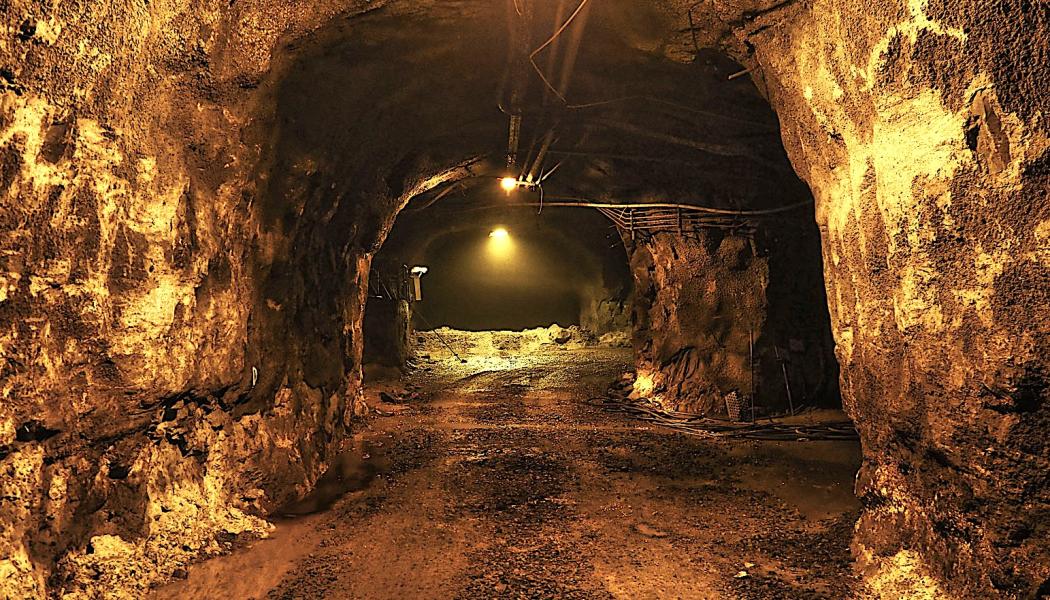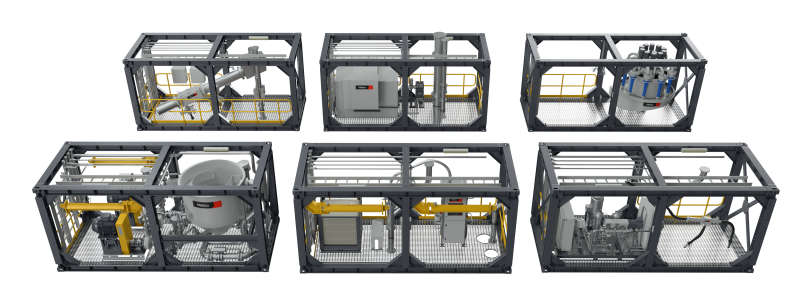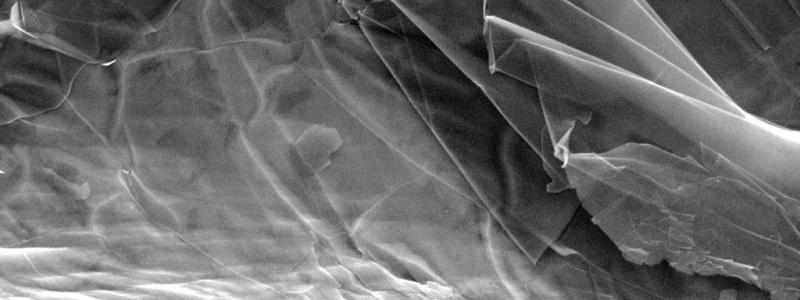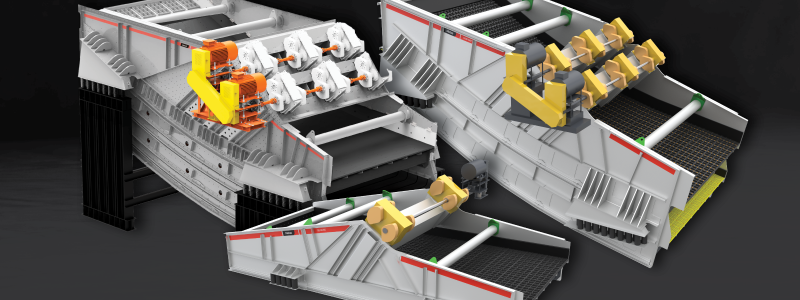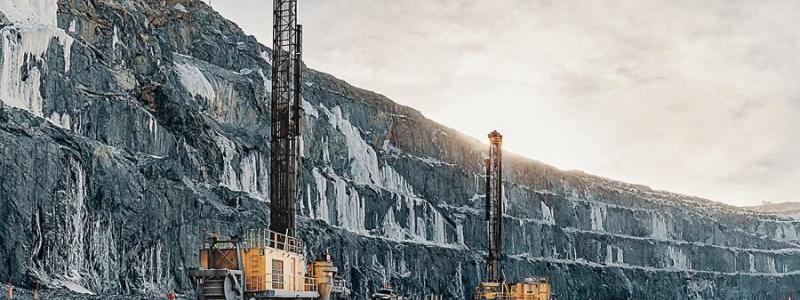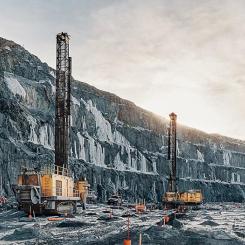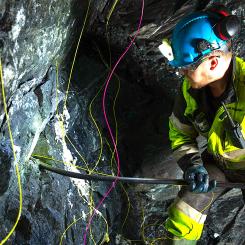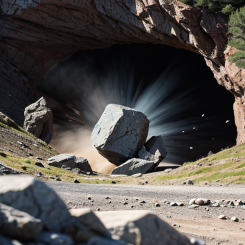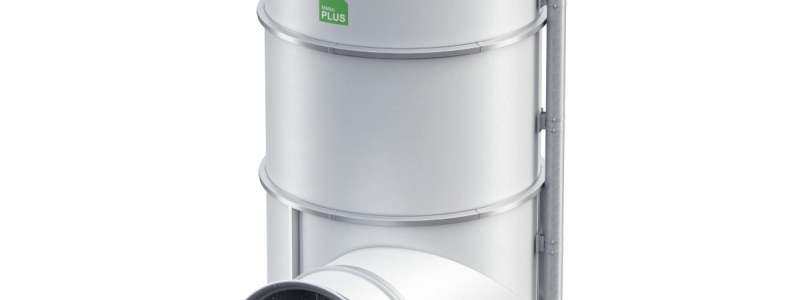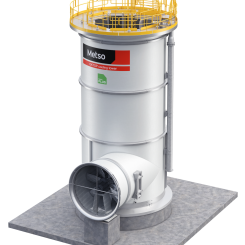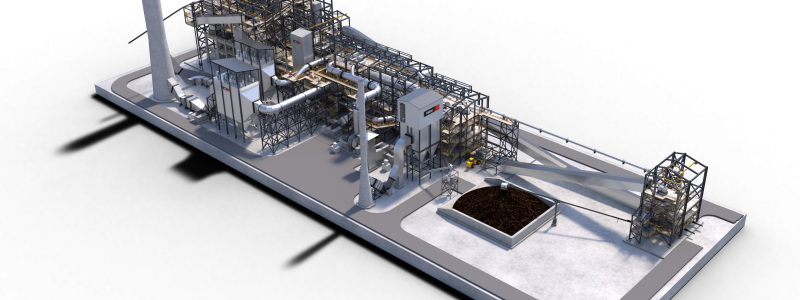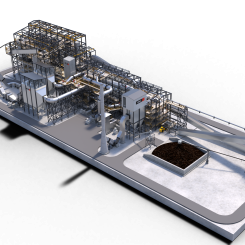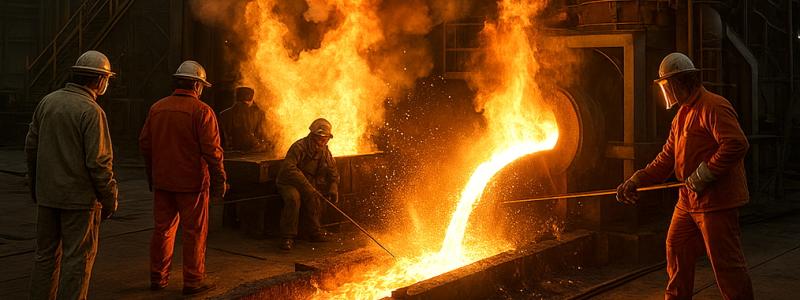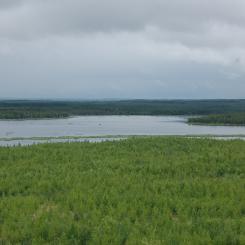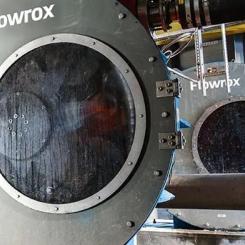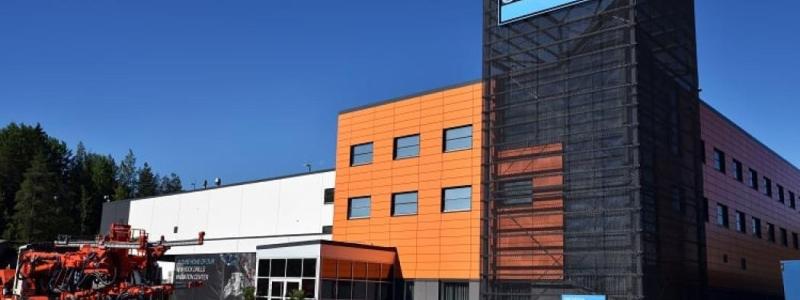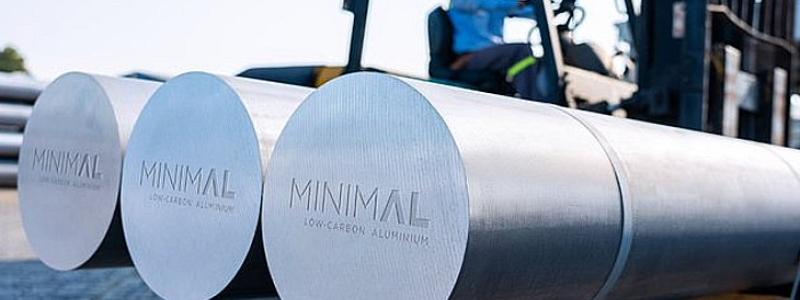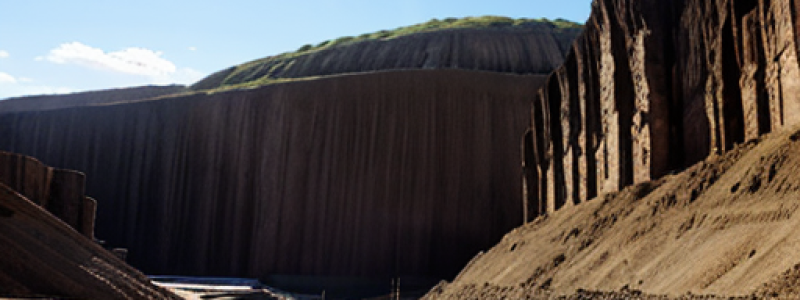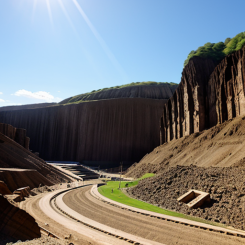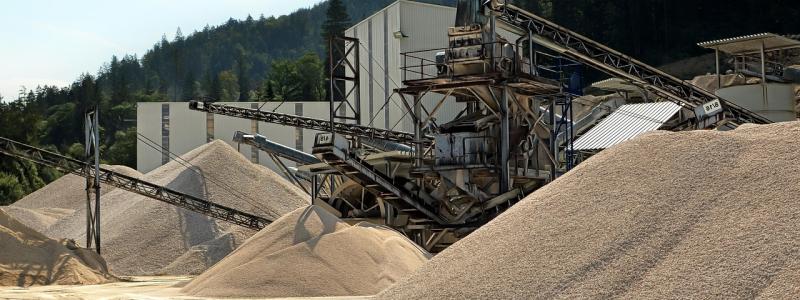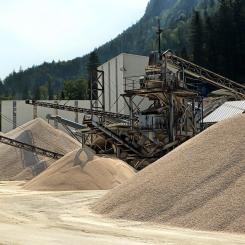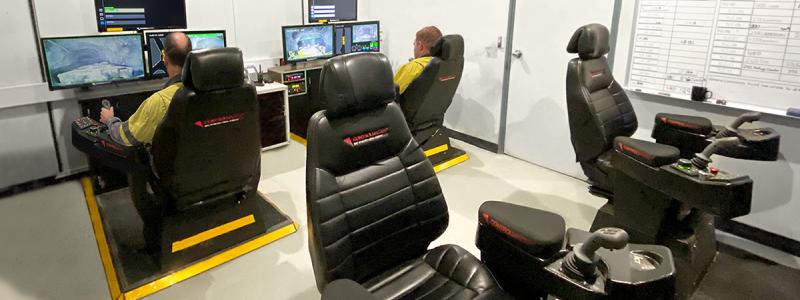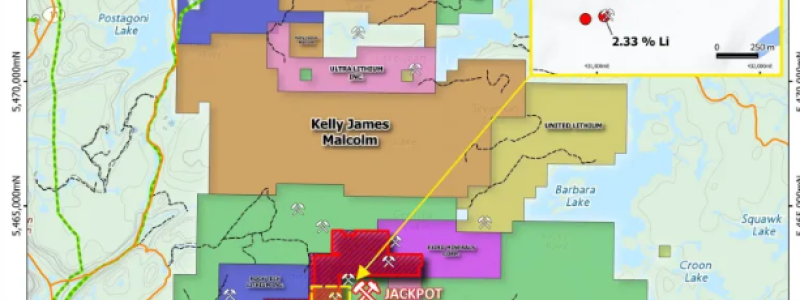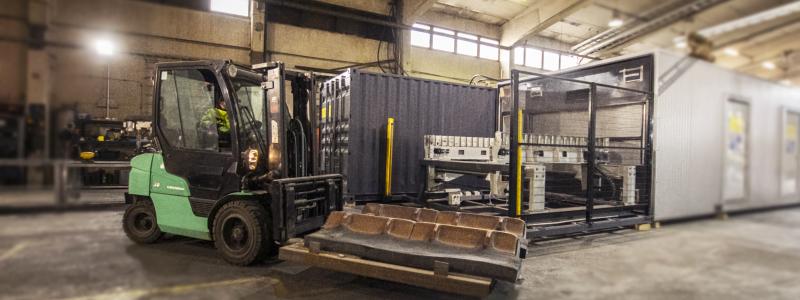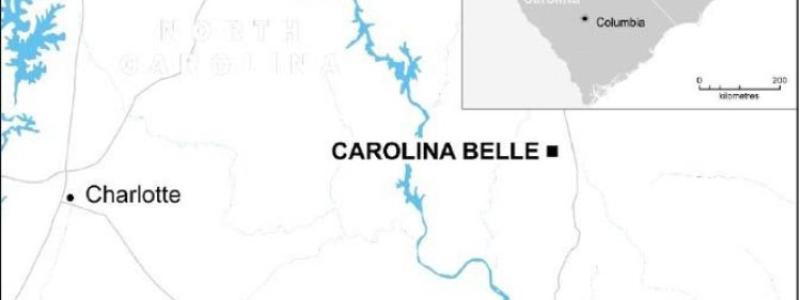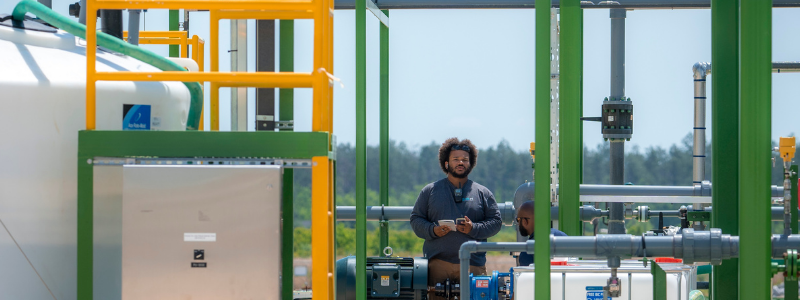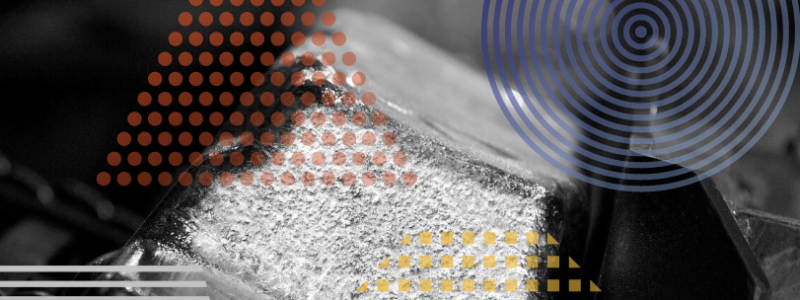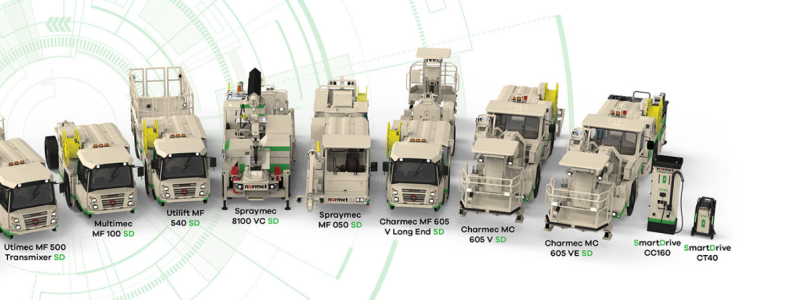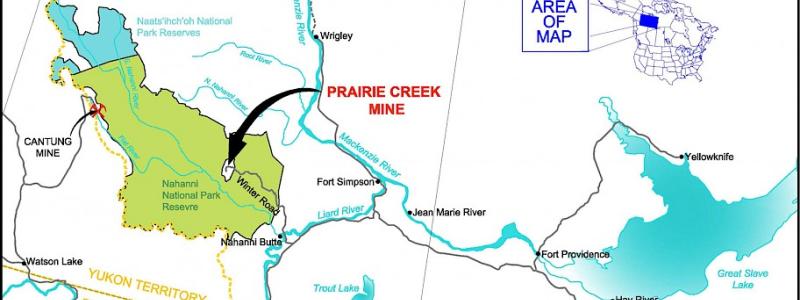Deep beneath the ground in Pyhäsalmi, a former copper and zinc mine in northern Finland, an unusual research project is underway. Although the mine’s deepest tunnels are now filled with water, the site has found a new purpose: testing secure private 5G networks designed for industrial automation and national security applications.
The initiative is led by Boldyn Networks, an international infrastructure company active across Europe, North America and Asia. The firm has built an underground 5G network in collaboration with Nokia, using the mine’s complex tunnel system to test wireless connectivity under extreme conditions.
– “We had to move the deepest parts of the network higher due to water levels, but it worked perfectly even at 1,400 meters below ground,” said Jaakko Kuukka, Boldyn’s Nordic managing director, in an interview with Yle.
Secure communications tested underground
– “Cyber threats, hybrid interference and the changing global security landscape are increasing the demand for private and secure networks across many sectors,” Kuukka noted.
In a private network like Pyhäsalmi’s, all data, hardware and infrastructure are contained within a closed and controlled system – independent from public mobile networks. Such networks, Boldyn explains, could safeguard critical operations including hospitals, energy facilities and military communication systems.
Finland’s Defence Forces have already shown interest. In March, they tested a secure 5G system in cooperation with Nokia and Telia during a multinational Nordic exercise. The cross-border network was managed by an intelligent control platform that maintained stable communication and data protection even under simulated crisis conditions.
Growing global demand for private 5G
Boldyn Networks, which has around a decade of experience in building private communication networks, is among the leading players in the field. According to Kuukka, analysts currently value the global market for private 5G at 3–5 billion dollars, but project it will expand to 110 billion dollars within five years, equivalent to about 95 billion euros.
– “Demand is growing fast, and so is competition, but we believe the market will be large enough for many strong players, both in Finland and abroad,” Kuukka said.
The company collaborates closely with Nokia and other major telecom technology providers. Boldyn both designs and operates tailor-made network solutions, maintaining full control over the infrastructure for each client.
From mine shafts to high-tech laboratories
Once Europe’s deepest mine at 1,400 meters, Pyhäsalmi has become a living laboratory for next-generation industrial technologies. Engineers test not only how data moves through dense rock but also how remote-controlled and autonomous machines perform in confined spaces and high temperatures.
Similar innovations are taking place in Kiruna, northern Sweden, where mining company LKAB is now operating at depths beyond 1,500 meters and preparing to reach two kilometres. The deeper the mines go, the greater the need for automation – and that depends on reliable communication networks.
– “In Pyhäsalmi, we are testing how mining machines can be operated from the surface even at great depths,” Kuukka explained. – “As mines become more automated, the need for robust and secure networks increases.”
The underground environment demands a dense web of base stations to maintain stable connections. Knowledge gained from Pyhäsalmi could therefore benefit other critical sectors, including energy, transportation, and emergency response systems.
Building the networks of the future
The Pyhäsalmi project illustrates how Finland continues to strengthen its expertise in 5G and cybersecurity technology, with Nokia playing a central role in the country’s digital infrastructure development.
What was once a deep, silent mine now serves as a testbed for innovations that could shape the resilience of digital communication in both industry and defence.
Pyhäsalmi may no longer yield ore, but its tunnels could help Finland and its partners build the secure networks of the future – underground.
Source: Yle






